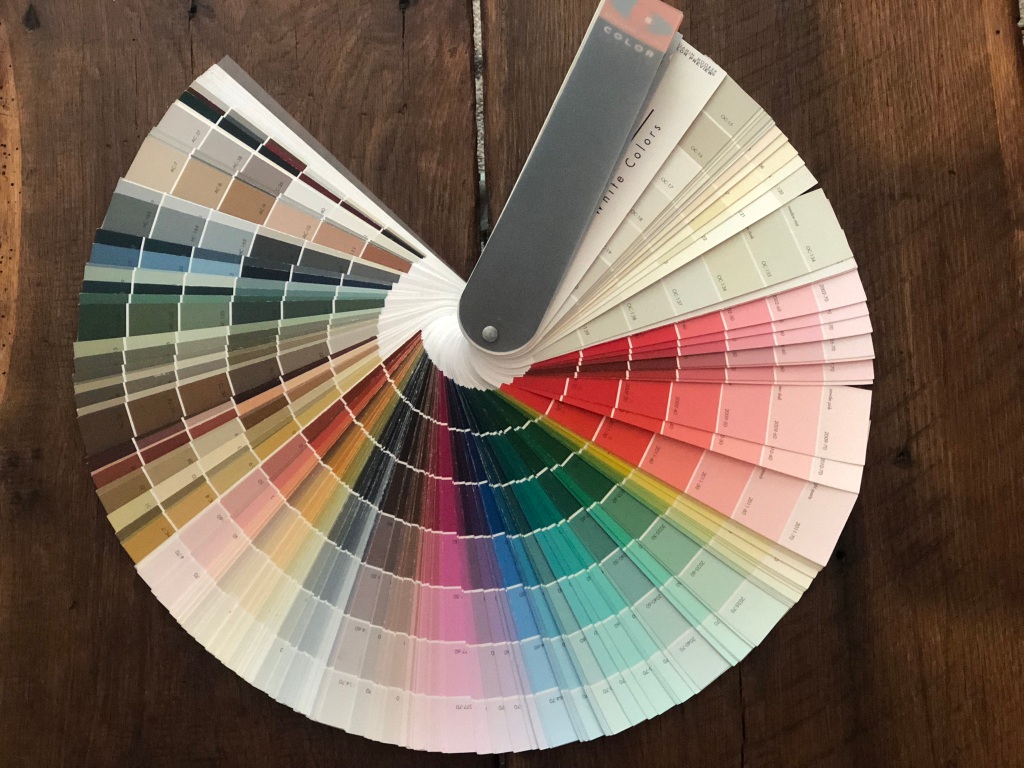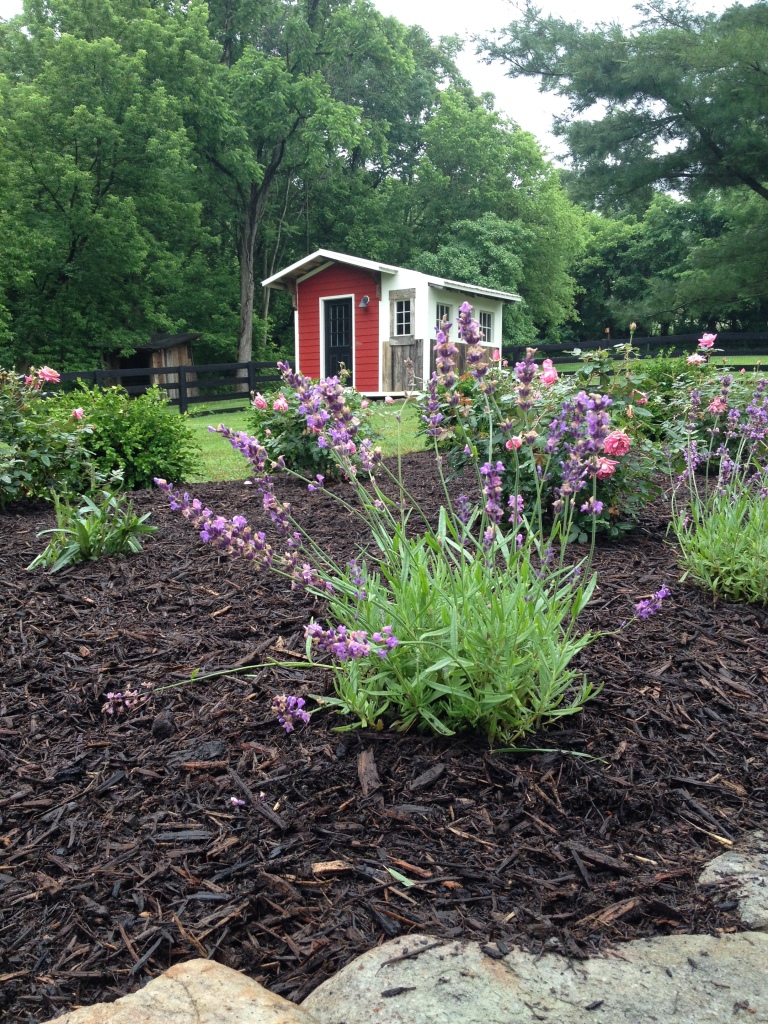Colors have a profound impact on our emotions, moods, and overall well-being. Color therapy, also known as chromotherapy, harnesses the therapeutic properties of colors to promote balance, harmony, and healing in our lives. In this blog post, we will delve into the fascinating world of color therapy, exploring its origins, the psychology of colors, and how you can incorporate this powerful practice into your everyday life.

- Understanding Color Therapy:
a. Origins and History: Color therapy has roots in ancient civilizations such as ancient Egypt, Greece, and China, where color was used for healing and balancing the body, mind, and spirit. In modern times, color therapy has gained recognition as a holistic healing modality, often used in conjunction with other therapeutic practices.
b. The Science of Color: Colors are wavelengths of light that our eyes perceive and interpret. Different colors have different wavelengths and energy frequencies, which can affect our body’s energy centers, or chakras, and influence our emotional and physical well-being.
- The Psychology of Colors:
a. Warm Colors: Warm colors such as red, orange, and yellow are known for their stimulating and energizing properties. They can evoke feelings of passion, enthusiasm, and creativity. These colors are often used in spaces where high energy and activity are desired, such as dining areas or workout spaces.

b. Cool Colors: Cool colors like blue, green, and purple have a calming and soothing effect. They promote relaxation, tranquility, and a sense of balance. These colors are commonly used in bedrooms, meditation spaces, or areas where a peaceful atmosphere is desired.

c. Neutral Colors: Neutral colors such as white, gray, and beige provide a sense of balance and neutrality. They can create a clean, minimalist backdrop or serve as a canvas for other colors to shine. Neutral colors are often used as a base in interior design, allowing for versatility and adaptability.
d. Individual Associations: It’s important to note that individual associations with colors can vary based on cultural, personal, and contextual factors. While certain colors may generally evoke specific emotions, personal experiences and cultural backgrounds can influence individual responses to colors.
- Incorporating Color Therapy into Your Life:
a. Home Décor: Infuse your living spaces with the therapeutic power of colors by incorporating them into your home décor. Consider painting walls, adding colorful accents through furnishings, textiles, or artwork, and experimenting with lighting to create a harmonious and uplifting environment.

b. Clothing and Personal Style: Use color therapy in your wardrobe choices to influence your mood and energy. Wear colors that resonate with the emotions or qualities you want to enhance throughout the day. For example, choose blue for a calming effect or yellow for an energizing boost.
c. Colorful Foods: Incorporate a variety of colorful fruits, vegetables, and herbs into your diet. Different hues in food indicate the presence of various nutrients and antioxidants that support overall health and vitality. Eating a rainbow of colors can nourish both your body and spirit.
d. Meditation and Visualization: Engage in color-focused meditation or visualization practices to harness the healing properties of colors. Visualize yourself surrounded by a specific color that aligns with your intention or desired emotional state. Allow the color’s energy to permeate your being, promoting healing and balance.

- Seeking Professional Guidance:
a. Color Therapists: Consider seeking guidance from certified color therapists or holistic practitioners who specialize in color therapy. They can provide personalized insights and recommend specific color therapies tailored to your needs and goals.
b. Self-Exploration: Engage in self-reflection and exploration to discover your personal associations with colors. Pay attention to how different colors make you feel and the effects they have on your mood. Trust your intuition and experiment with colors that resonate with you.
Color therapy is a powerful tool that allows us to tap into the healing and transformative properties of colors. By understanding the psychology of colors and incorporating them intentionally into our lives, we can create environments that support balance, harmony, and emotional well-being. Whether through home décor, personal style choices, or mindful practices, color therapy invites us to explore the vibrant spectrum of life and embrace the profound influence of colors on our holistic health. Embrace the world of color therapy, and let the radiant hues illuminate your journey to a more vibrant and balanced existence.
